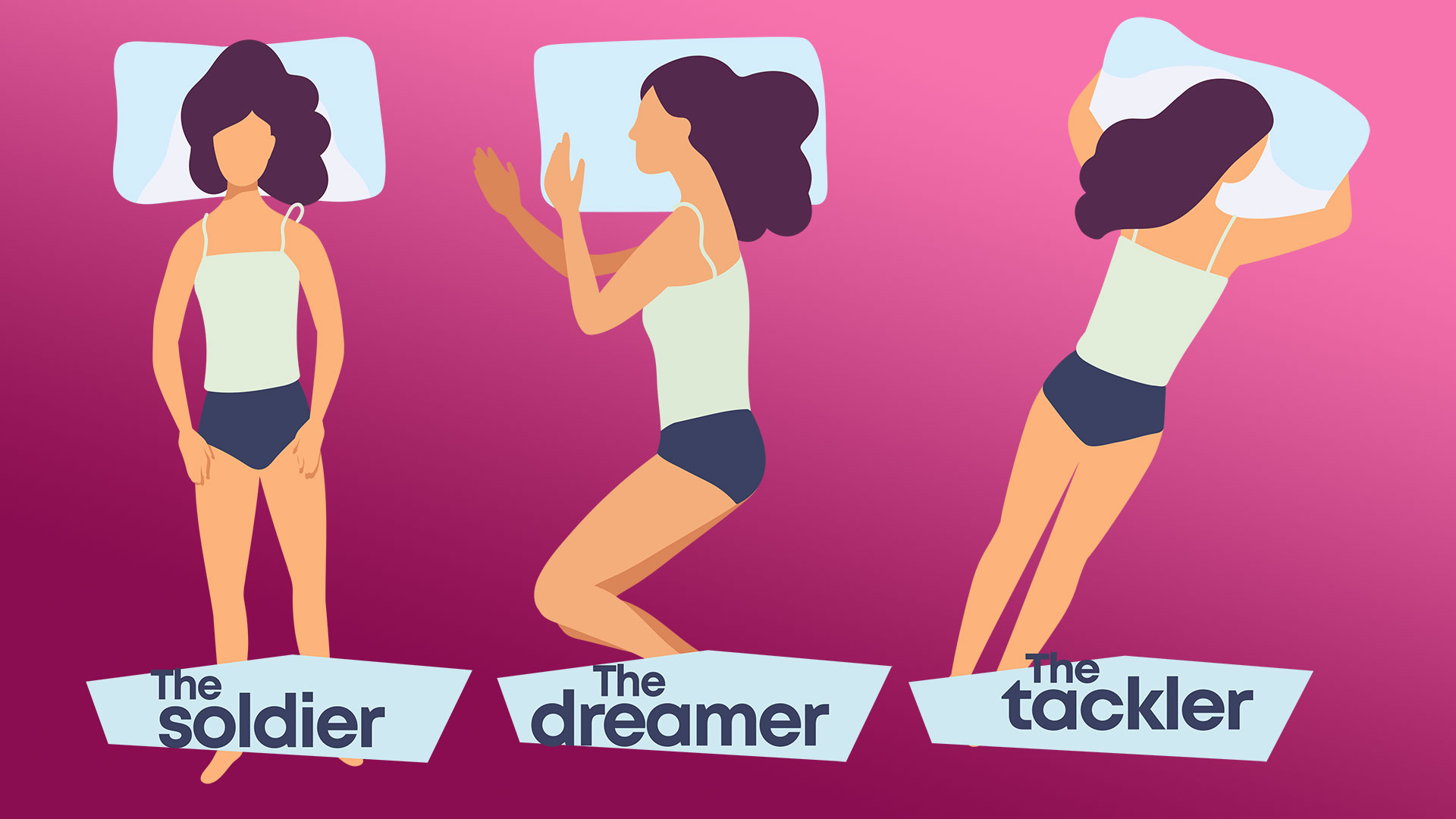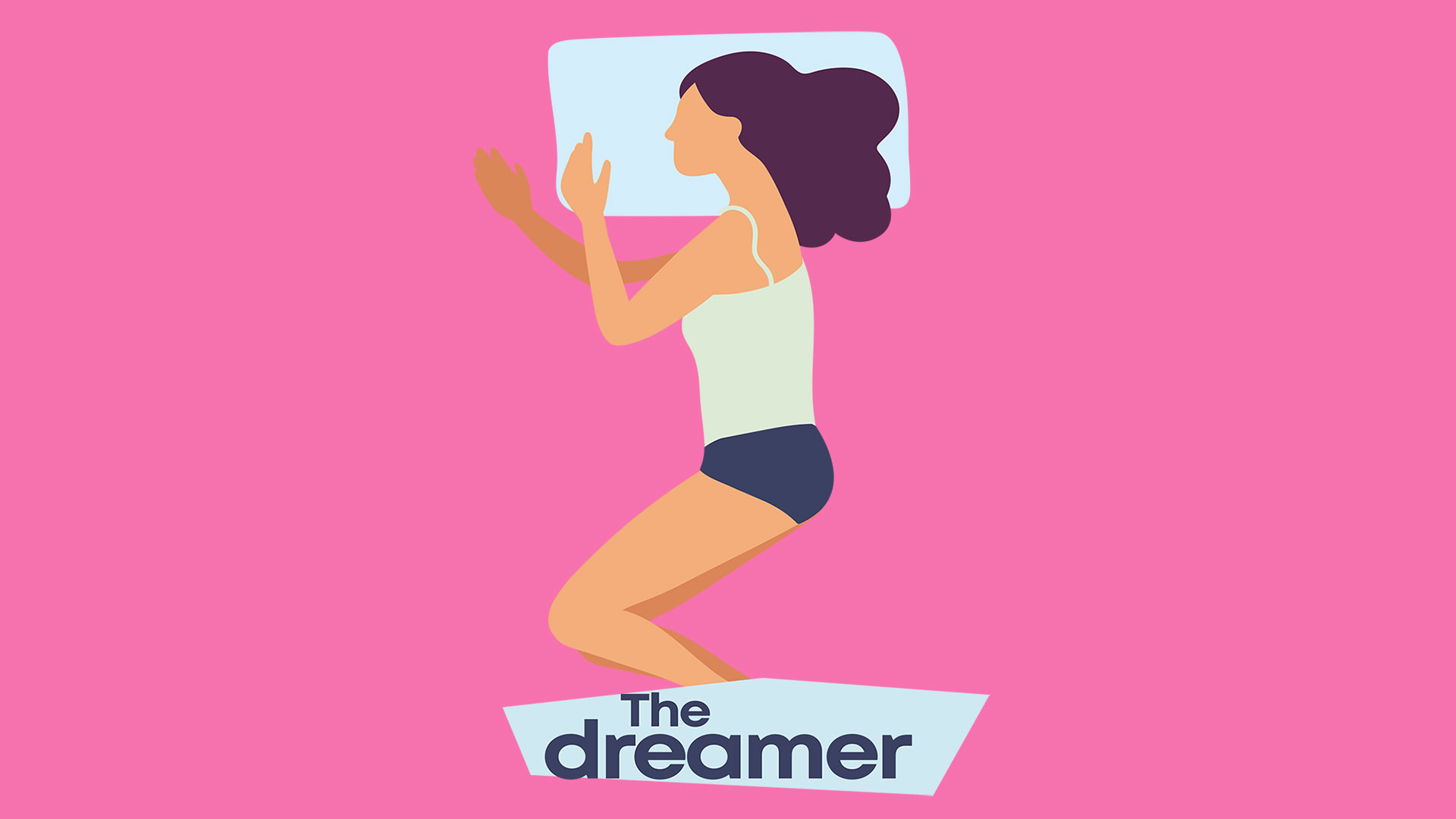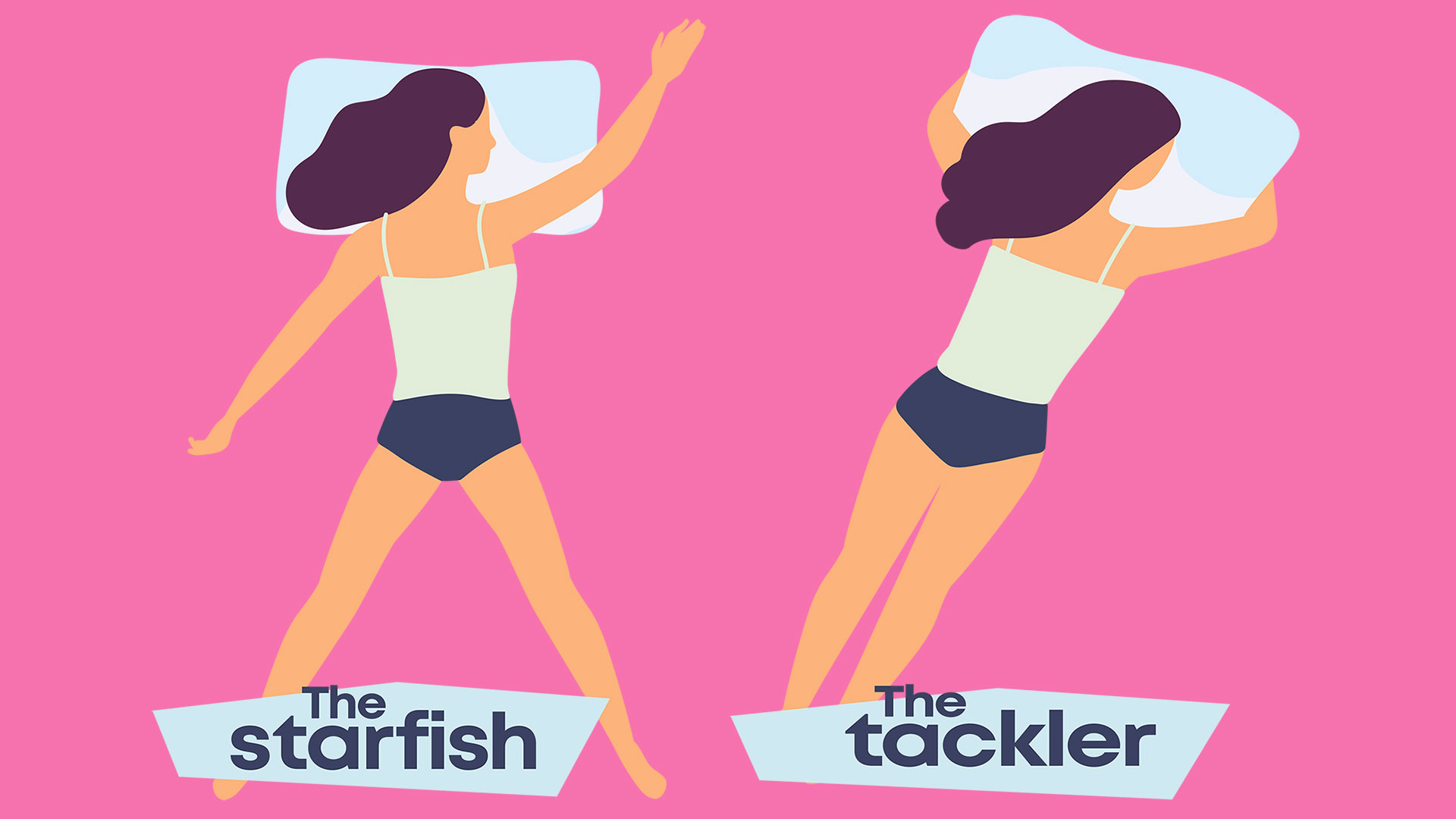These are the best and worst postures for sleep, according to a sleep expert
Are you sleeping comfortably?


Are you sleeping comfortably? Great. But is your sleep position doing good things for your posture? Maybe not. Turns out, there are good and bad ways to lie in bed; it's not all about what feels comfiest as you drop off. Or so says James Leinhardt, who has spent a decade providing specialist sleep solutions for bed-bound patients in hospitals. So he probably knows what he's talking about.
James strongly believes that our time spent sleeping has huge potential to improve our posture and as a result, musculoskeletal heath. For your average snoozer, one big part of that is sleeping in the right pose. The other part is making sure you're sleeping on the right things (check out James' brand Levitex or explore T3's best mattress and best pillow guides for our recommendations), but that's a different article.
Back to those sleeping postures. What are the poses to plump for, and which ones should you avoid if you want to keep your back happy? I had my own personal sleep consultation with James to find out.
The best posture for sleeping: 'the Dreamer'

The optimum side-sleeper position
"If medically you can adopt the side lying position we call the Dreamer, [that's] the optimum position for sleep in as much as it puts the least [pressure] though your spine," James tells me.
Sleeping on your side with your hips and shoulders stacked left on top of right (or vice versa) will keep your spine in that all-important neutral alignment. The other thing you should do, if you lie on your side, is to alternate the side that you're sleeping on. To stop you getting wonky.

The side-sleeper positions to avoid
James says that 70-80% of people sleep on their side, but most not in the Dreamer position, but in a twisted position like the Applauder, where the top knee falls over the lower one, causing the spine to twist and the shoulder to come forward too. This is not ideal.
For one, it knocks the spine out of that neutral alignment, causing you muscles to constantly work to maintain that twisted position, and stopping you from getting a quality night's sleep. This position also causes the muscles on one side of your neck to extend, and those on the other side to shorten. Over time, that'll cause asymmetry in your posture. To stop your knees from sliding back into and Applauder position, James suggests sticking a pillow between them overnight.
Get all the latest news, reviews, deals and buying guides on gorgeous tech, home and active products from the T3 experts
In this position, in order to have your shoulders comfortably stacked, you'll also need to make sure you've got the right pillow – which means one that fills the whole space between your earlobe to shoulder blade. (Levitex's USP is pillows that are available in a range of depths and sizes, to cater to exactly this use – I'm currently testing a couple out, review incoming.)
The worst posture for sleeping: on your front

Sleeping on your front is a bad idea
If you're a front sleeper, I have bad news. There's no front-sleeping posture that's acceptable, in James' book. "If you said you were a tummy sleeper we couldn't be friends," he says; sort of joking but not really. "You're twisting your neck round and putting all the weight into that pressure point there, and it's just ludicrous."
There's more bad news: I ask James for his top tips for retraining yourself into a new sleeping position, and his advice is basically to just suck it up and do it, you whiner. "What we say to that is, if you're a lady and you become pregnant and you [usually] lie on your stomach, someone's just told you, you now need to lie on your left side. And you do it." So, folks, if pregnant people can do it, so can you.
Another good posture for sleeping: on your back

What about those who like to lie on their back? That's fine, says James, but he has a top tip to improve your back-sleep posture: stick a pillow underneath your knees. This will lift your knees and tilt your pelvis, shifting the weight of your legs into the pillow underneath them, and helping to flatten the natural curve that will appear under your lower back when lying flat.

Ruth was T3's Outdoors and Wellness Editor from 2020 to 2022, covering hiking, camping and adventure sports kit, as well as mattresses, sleep accessories, yoga and general wellness. She's now a Homes Editor at sister site TechRadar, where she deals in all things air (vacuum cleaners, robovacs, fans and air purifiers), and hair (hair dryers, straighteners and stylers).